Sildenafil For Women: Can Women Take Viagra?
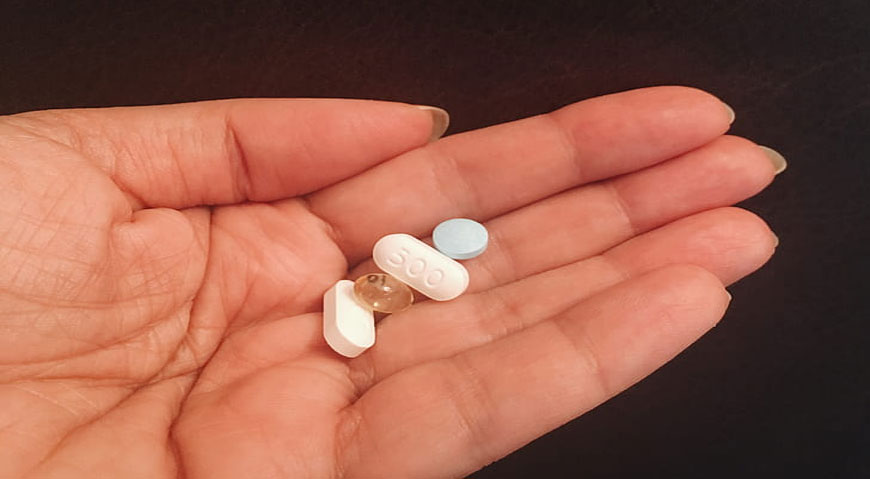
In this article, we’ll discuss Sildenafil for women; specifically, how it works, why it is needed, its benefits, side effects, and more.
What Is Sildenafil?
Sildenafil is usually sold in pharmacies by its company name – Viagra. The company sells it as “Sildenafil Citrate”. It can be taken in three forms, oral tablets, liquid, and injectable, whereas the oral tablet is the most widely used and the injectable requires a medical professional.
Sildenafil belongs to a group of phosphodiesterase type 5 inhibitors (PDE5).
Sildenafil is FDA-approved for treating erectile dysfunction (ED) and pulmonary arterial hypertension (PAH). However, it is often prescribed off-label for treating sexual dysfunction in women.
This medicine had a larger user base before medications like Addyi and Vyleesi came to the market. These are FDA approved medicines for treating low sexual desire in women.
Low sexual desire in women can be attributed to two disorders – Female sexual interest/arousal disorder (FSIAD) or hypoactive sexual desire disorder (HSDD). They are both treatable and can be caused due to multiple reasons.
Also Read: Side Effects, Warnings, Interactions, And Dosage Of Flibanserin
How Does It Work?
Studies are yet to fully confirm if sildenafil works in women, thus there is no definitive answer to how it works.
In men, sildenafil works by increasing the blood flow to the penis. This helps with getting erections as well as maintaining them. For women, the case should be similar. Sildenafil ideally induces better blood flow to the clitoris, thus encouraging sexual arousal.
Can Women Take Sildenafil?
Female and male sexual functions almost run parallel to each other. Due to these similarities, doctors have tried to take into consideration the effects of sildenafil on the female population affected by sexual dysfunction.
So far there have not been any substantial results and the drug still has its drawbacks. Since the cause behind female sexual disorder (FSD) can be anything ranging from biological to psychological factors, prescribing sildenafil should be the last resort to treat the condition.
A small study conducted on women diagnosed with primary FSAD concluded that sildenafil helped with bettering lubrication, arousal, and orgasm. However, some other subjects who had been diagnosed with other kinds of FSD’s did not report any drastic changes or improvements. Their symptoms failed to show any significant betterment.
On the optimistic end of the study, sildenafil was found to be more effective on the genital subgroup. Women who were diagnosed with secondary FSAD, that is, sexual dysfunction as the result of a neurological or cardiovascular disorder, were found to benefit from the drug.
However, on the negative end, the medicine did not help women as much as it does men. This was primarily due to the fact that clitoral tissues incorporate a very low amount of enzyme PDE5. On the contrary, it is found in higher concentration in penises. Another study conducted on postmenopausal and premenopausal women concluded that sildenafil did not bring and substantial improvements to help their condition.
Like any other drug, sildenafil, too, has its own set of drawbacks.
Side Effects
The adverse effects of taking sildenafil in women include:
- Nausea
- Headaches
- Visual disturbances
- Flushing (reddening and warming of the face)
- Rhinitis (irritation and swelling of the inner membrane of the nose; causes stuffy, runny nose)
Symptoms Of FSIAD
Over 40 percent of women worldwide experience some form of sexual dysfunction, including FSIAD. However, they may not experience the symptoms continuously. Symptoms include:
- A decline in sexual desire or excitement
- Fewer sex-related thoughts
- Lack of pleasure during sexual activities
- Lesser initiation of sexual activities
- Decreased arousal from sexual cues
- Absence of genital or non-genital sensations during sex
Causes of FSAD
The causes of FSAD can broadly be divided into two categories – biological factors and psychological factors.
1. Biological Factors
Biological factors include:
1.1. Medical health
Research has found that people with conditions like multiple sclerosis, pelvic vascular disorder, and diabetes had a reduced sex drive as compared to others. Menopausal women and post-menopausal women are most often found to have a reducing sexual appetite.
1.2. Hormones
Hormones arguably play the largest role in female sexual arousal. A decreased estrogen level in the body is the top cause of this issue. Estrogen is a sex hormone released in females by the ovaries primarily. Once menopause hits, the ovaries stop functioning as much, thus leading to a drastic decrease in estrogen levels.
Women who get their ovaries removed to surgically induce menopause are at a higher risk since it leads to an increase in the testosterone levels in the body.
1.3. Medications
The effect of oral contraceptives on the female sex drive is still controversial. Many women claim to have a reduced sexual appetite, many said it increased while many said it remained the same.
Women who take psychoactive medications have reported a lower sexual appetite. This can be attributed to the fact that depression and anxiety are most commonly treated using selective serotonin reuptake inhibitors (SSRI) or serotonin norepinephrine reuptake inhibitors. These inhibitors increase the serotonin levels while negatively affecting the desire in women.
2. Psychological Factors
2.1. Relationships and stress
Overfamiliarity in marriage can often lead to a lack of sexual interest in women. Many sex therapists have also noted that couples struck by sexual dysfunction are usually dissatisfied with their relationship, have not discussed their sexual needs and feel discomfort while doing so, have more communication issues and disagreements, and so on.
Similarly, feelings of stress have been found to inhibit sexual desire. Especially in married women, worrying about the family, children, bills, and other daily stressors have led to sexual dysfunction.
2.2. Societal Norms
The norms regarding sex in one’s society also greatly affects sex drive in women. If they are taught that wanting sex or feeling arousal is shameful, it often leads to feelings of guilt or shame during sex thus resulting in a diminished sex drive.
2.3. Mental illnesses
People diagnosed with mood disorders, social phobias, depression, obsessive-compulsive disorder, and panic disorders often report having some form of sexual dysfunction. Especially people with depression frequently focus only on the negative aspects of sexuality.
Either way, sex becomes secondary when one is distressed in other aspects of their life.
2.4. History of sexual abuse
A considerable number of women with a history of sexual abuse are scared of getting sexually intimate with their partners. As a result, they do not respond to sexual cues either. Sexual abuse in the past can often lead to failure in enforcing physical boundaries, emotional avoidance, and other psychological issues.
Conclusion
Female sexual arousal disorder can have many underlying causes. For a successful diagnosis, it is important to consider all factors from biological, psychological as well as sexual.
Sildenafil has given mixed results with every study. Take into consideration other alternatives before opting for this medication. These can include going for couples or individual therapy, practicing open communication, and trying other options in the bedroom.
Moreover, there’s already female Viagra like Lovegra or Ladygra available for women.
In any case, remember to consult a doctor before taking any steps to ensure full safety and precautions.
December 8, 2020 Sam Bell




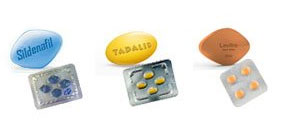


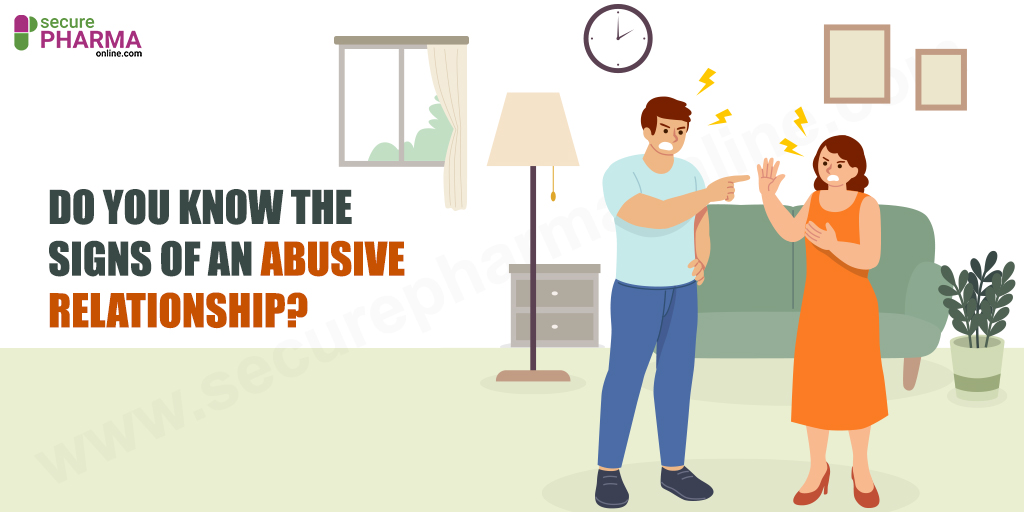

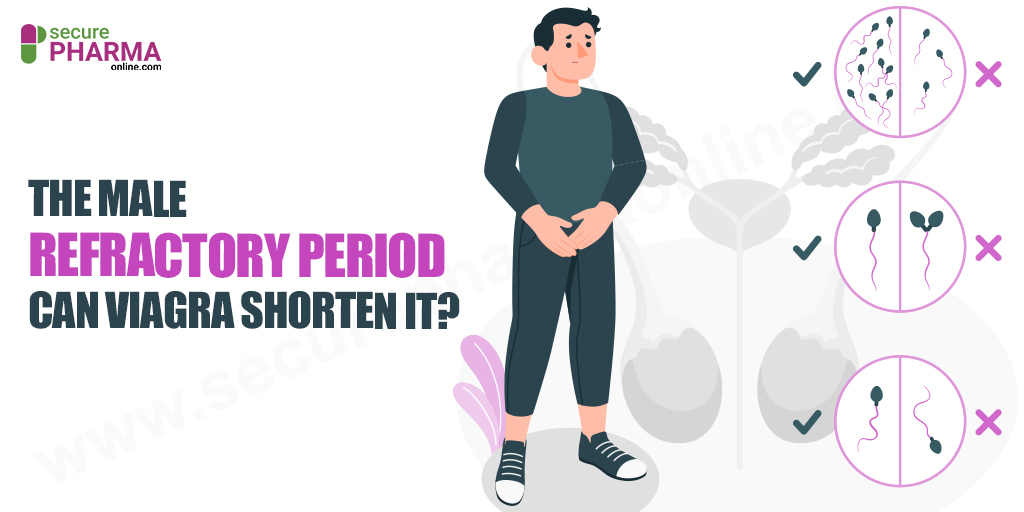
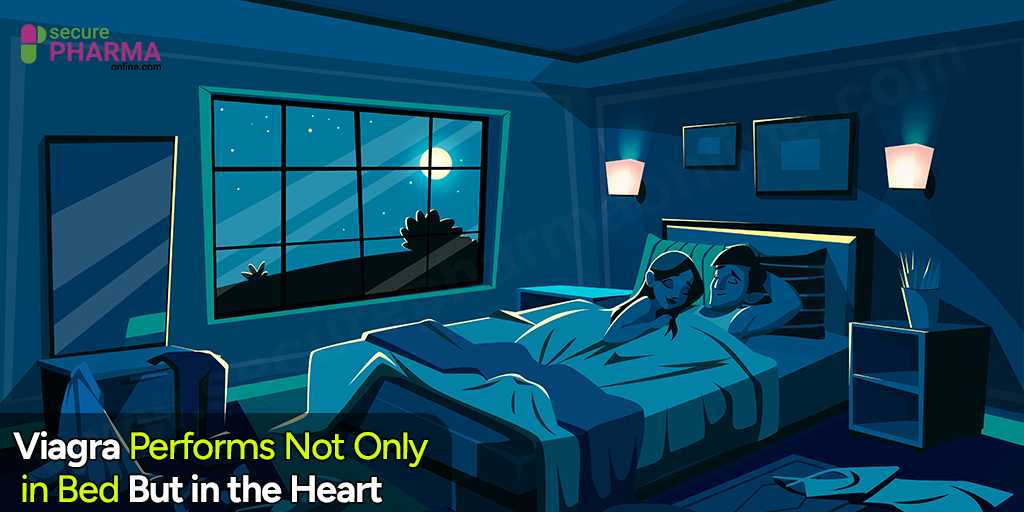
Comments